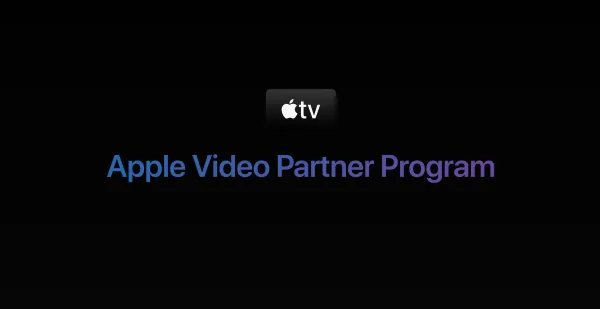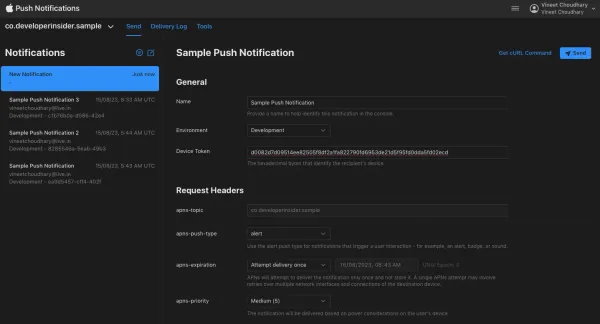Swift is a new programming language for iOS, OS X, watchOS, and tvOS apps that builds on the best of C and Objective-C, without the constraints of C compatibility.
Development on Swift was begun in July 2010 by Chris Lattner, with the eventual collaboration of many other programmers at Apple. Swift took language ideas "from Objective-C, Rust, Haskell, Ruby, Python, C#, CLU, and far too many others to list".
Swift was introduced at Apple's 2014 Worldwide Developers Conference (WWDC). It underwent an upgrade to version 1.2 during 2014 and a more major upgrade to Swift 2 at WWDC 2015. Initially a proprietary language, version 2.2 was made open source and made available under the Apache License 2.0 on December 3, 2015, for Apple's platforms and Linux. IBM announced its Swift Sandbox website, which allows developers to write Swift code in one pane and display output in another.
Swift adopts safe programming patterns and adds modern features to make programming easier, more flexible, and more fun. Swift’s clean slate, backed by the mature and much-loved Cocoa and Cocoa Touch frameworks, is an opportunity to reimagine how software development works.
Feature of Swift
- Swift makes use of safe programming patterns.
- Swift provides modern programming features.
- Swift provides Objective-C like syntax.
- Swift is a fantastic way to write iOS and OS X apps.
- Swift provides seamless access to existing Cocoa frameworks.
- Swift unifies the procedural and object-oriented portions of the language.
- Swift does not need a separate library import to support functionalities like input/output or string handling.
Hello World
Tradition suggests that the first program in a new language should print the words "Hello, world!" on the screen. In Swift, this can be done in a single line:
print("Hello, world!")
Execute this program using Swift IBM Sandbox on any OS (Windows, macOS, Linux or even in Android).
More about Swift
Swift provides its own versions of all fundamental C and Objective-C types, including Int for integers, Double and Float for floating-point values, Bool for Boolean values, and String for textual data. Swift also provides powerful versions of the three primary collection types, Array, Set, and Dictionary.
In addition to familiar types, Swift introduces advanced types not found in Objective-C, such as tuples. Tuples enable you to create and pass around groupings of values. You can use a tuple to return multiple values from a function as a single compound value.
Swift also introduces optional types, which handle the absence of a value. Optionals say either “there is a value, and it equals x” or “there isn’t a value at all”. Using optionals is similar to using nil with pointers in Objective-C, but they work for any type, not just classes. Not only are optionals safer and more expressive than nil pointers in Objective-C, they are at the heart of many of Swift’s most powerful features.
Next - Constants, Variables, Type Annotations, Print, Comments and Semicolons





